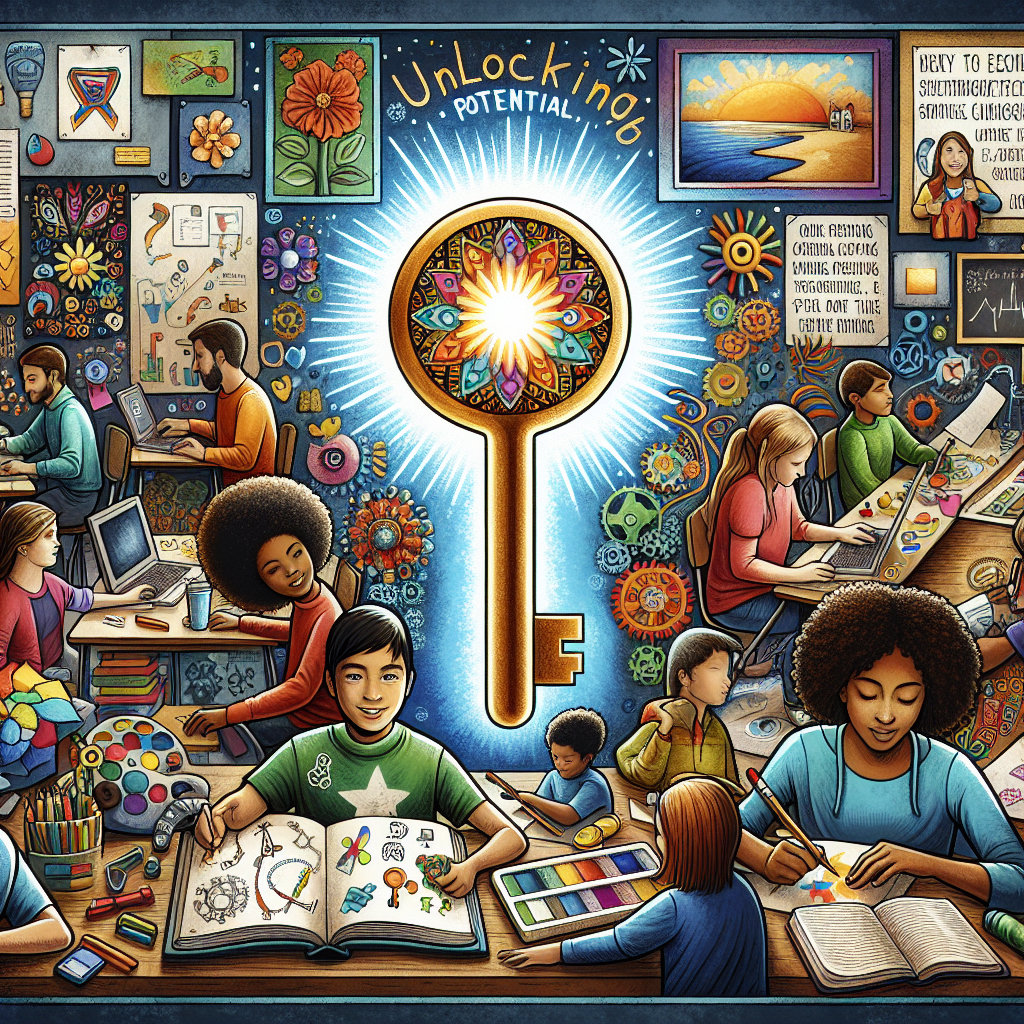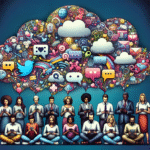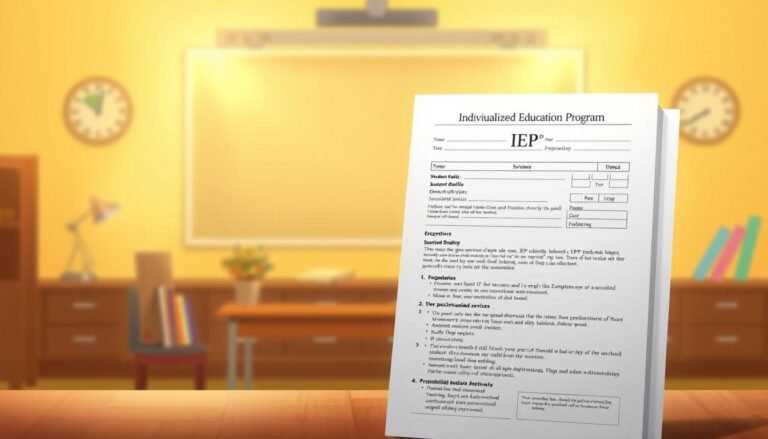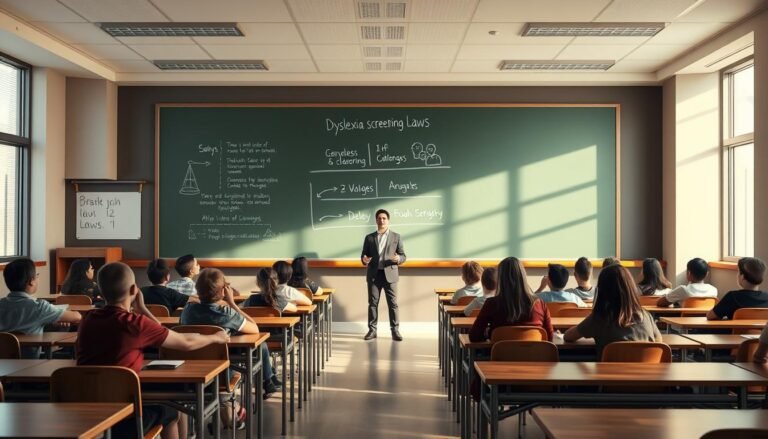
Unlocking Potential: The Ultimate Guide to Customizing Classroom Activities for Students with Learning Challenges
Introduction
In the landscape of modern education, the one-size-fits-all approach is rapidly being replaced by strategies that embrace diverse learning needs. As educators, parents, and advocates, we find ourselves in a unique position to transform the academic experience for all students, particularly those with learning challenges. By understanding and implementing customized classroom activities, we can truly unlock their potential, helping them thrive academically and socially. This article, "Unlocking Potential: How to Customize Classroom Activities for Students with Learning Challenges," will delve deep into this crucial topic, showcasing real-world applications, strategies, and insights that can make a significant difference in the learning journey.
Understanding Learning Challenges
What Are Learning Challenges?
Learning challenges encompass a range of difficulties students may encounter as they engage with academic material. These can include Attention Deficit Hyperactivity Disorder (ADHD), dyslexia, autism spectrum disorders, and various other cognitive and processing disorders. Each challenge presents unique hurdles, requiring tailored approaches that respect individual strengths and weaknesses.
The Importance of Customization
Unlocking potential is not merely about accommodating learning challenges; it’s about actively engaging students in ways that resonate with their unique learning profiles. Customizing activities allows educators to leverage students’ strengths while addressing their challenges, ultimately fostering a more inclusive classroom environment.
The Ultimate Strategies for Customization
1. Understanding Individual Learning Profiles
Every student comes with their distinct learning profile. Teachers must engage in thorough assessments to understand each student’s strengths and weaknesses. Tools such as learning style inventories, individual education plans (IEPs), and educational assessments can aid this process.
Case Study: Johanna’s Journey with Dyslexia
Johanna, a third-grader, struggled significantly with reading. By utilizing assessment tools, her teacher identified that she thrived in auditory learning. Instead of traditional reading assignments, Johanna was engaged through audiobooks and oral storytelling sessions. This customized approach not only improved her reading skills but also enhanced her confidence and participation in class discussions.
2. Flexible Grouping
Using flexible grouping modes allows students to work alongside peers who share similar strengths or challenges.
Case Study: Math Masters
In a middle school math class, students were grouped based on their comfort level with specific concepts—from foundational skills to advanced problem-solving. This strategy enabled students with ADHD to excel in hands-on problem-solving tasks, while students with anxiety found comfort in smaller, focused groups.
3. Varied Instructional Methods
Utilizing varied instructional methods supports different learning preferences, such as visual, auditory, and kinesthetic learning styles.
| Method | Description | Learning Style |
|---|---|---|
| Visual aids | Charts, diagrams, and videos | Visual learners |
| Oral instructions | Discussions, oral presentations, and storytelling | Auditory learners |
| Hands-on activities | Experiments, projects, and role-playing | Kinesthetic learners |
By incorporating a blend of these methods, educators can foster a more engaging learning experience.
4. Technology Integration
Integrating assistive technology can significantly aid students with learning challenges. Tools such as text-to-speech software, online organizers, and gamified learning platforms can provide personalized support.
Case Study: The Tech-Savvy Class
A high school teacher introduced a range of apps for note-taking, reading comprehension, and time management. One student, who struggled with organization due to ADHD, greatly benefited from a planner app that provided reminders and alerts for assignments.
5. Multi-Sensory Learning Experiences
Intertwining multiple senses in learning activities can cement concepts more firmly in students’ minds.
Case Study: The Science of Butterflies
In a science lesson on butterflies, students engaged in a multi-sensory activity where they observed live caterpillars, created art projects, and participated in discussions. For students with autism, these diverse activities helped enhance focus and retain information better than a standard lecture.
Best Practices for Implementation
Creating a Supportive Environment
Creating an inclusive and supportive classroom environment is paramount. Teachers can utilize various strategies to ensure that every student feels welcomed and understood.
Ongoing Assessment and Feedback
Continuous assessment is vital in understanding whether the customized strategies are effective. Regular feedback from students allows for adjusting approaches and ensuring that learning objectives are met.
| Feedback Method | Purpose |
|---|---|
| One-on-one discussions | Understand student perspectives and feelings |
| Exit tickets | Assess understanding of material |
| Peer feedback | Foster collaboration and provide different viewpoints |
Building Collaboration with Families
Engaging Parents and Guardians
Collaboration with families is key to unlocking the full potential of students with learning challenges. Keeping open lines of communication helps educators gain insight into strategies that may work at home, enhancing the overall educational experience.
Workshops and Resources
Offering workshops for families about specific learning challenges can provide them with better tools to support their children’s academic journeys.
Conclusion
In summary, unlocking potential through customized classroom activities is not only beneficial—it is essential. Each strategy we employ should aim to foster an enriching, engaging, and inclusive environment that reflects the diverse needs of our students. By understanding individual profiles, embracing varied instructional methods, and collaborating with families, we can create a space where every student, regardless of their learning challenges, can thrive.
FAQs
1. How can I identify learning challenges in students?
Identifying learning challenges requires a combination of formal assessments, observations, and conversations with students and their families. Monitoring academic performance and behavior are also essential.
2. What are some signs a student might have a learning difficulty?
Common signs include difficulty with reading, writing, comprehending instructions, maintaining attention, and retaining information.
3. How can technology assist in customizing learning?
Technology can provide tools that cater to different learning styles and needs, such as audio resources for auditory learners and interactive apps for kinesthetic learners.
4. What should I do if I suspect a student has a learning challenge?
Approach the situation sensitively. Document your observations and discuss your concerns with appropriate professionals within your educational institution, such as special education coordinators or counselors.
5. Are there resources available for teachers working with students with learning challenges?
Yes, many organizations offer resources, workshops, and training sessions tailored to educators—including materials for IEPs, engaging lesson plans, and multi-sensory teaching tools.
6. How often should I reassess my strategies for students with learning challenges?
Ongoing assessment is vital. Regular check-ins with students and periodic evaluations of their progress can help adjust strategies as needed. Aim for a structured evaluation every quarter or semester.
As we endeavor in the journey of unlocking potential, let us remember that every student holds a wealth of possibilities waiting to be discovered. By effectively customizing classroom activities, we not only support students with learning challenges but also enrich our teaching practices, making education a more fulfilling experience for everyone involved.
















